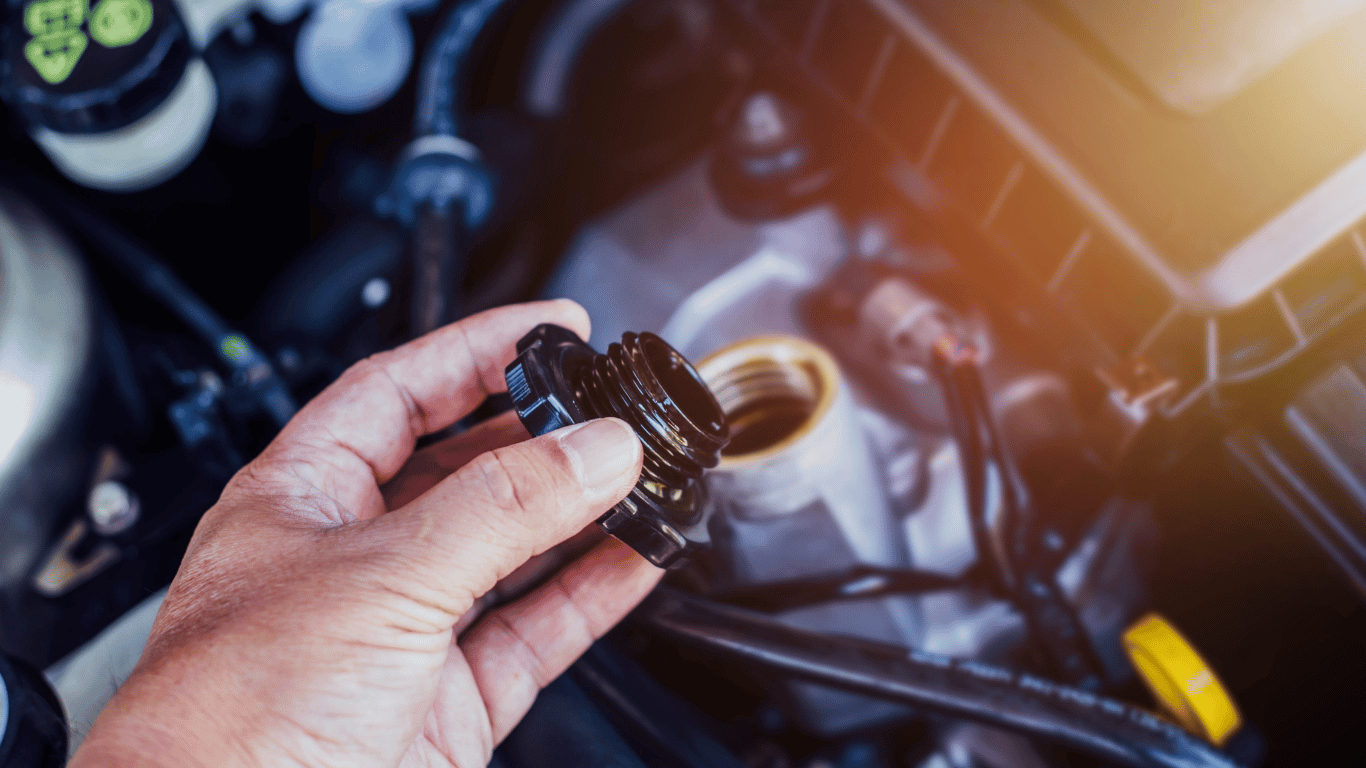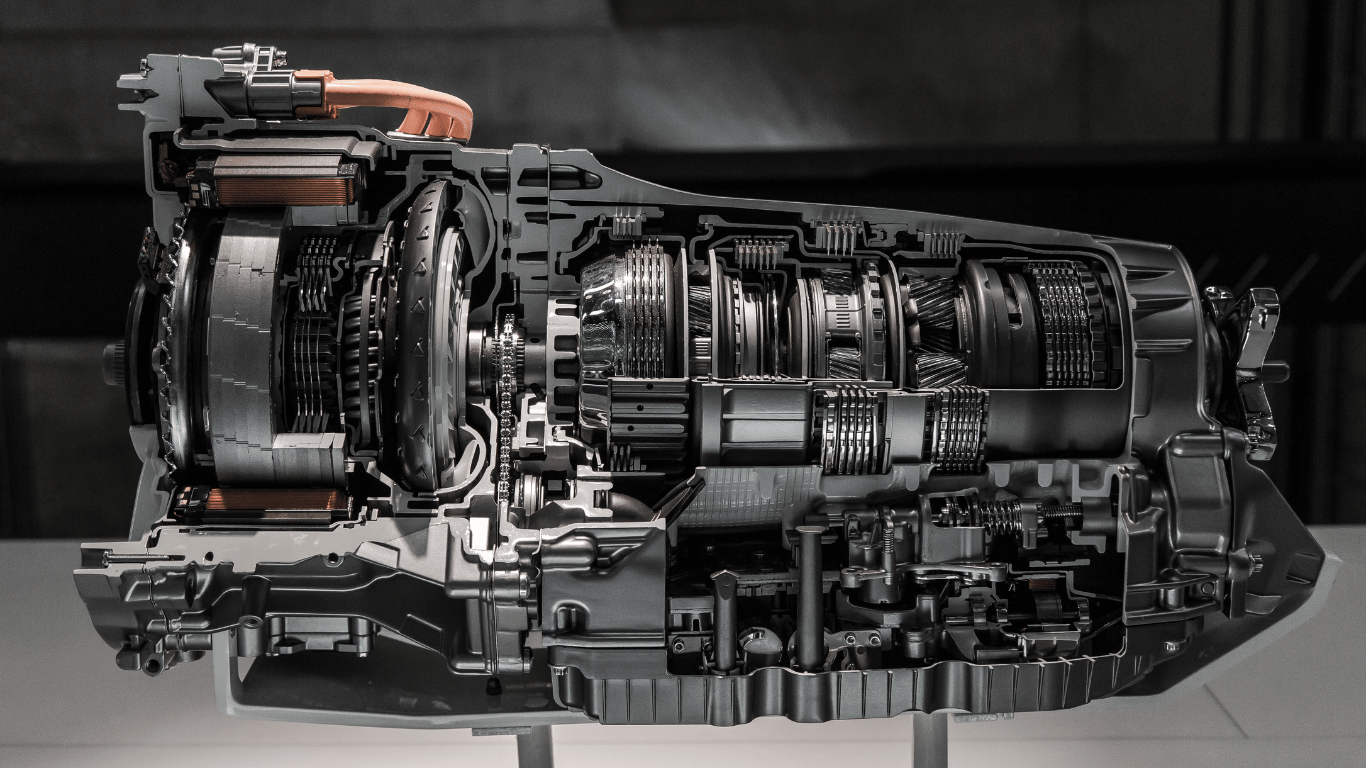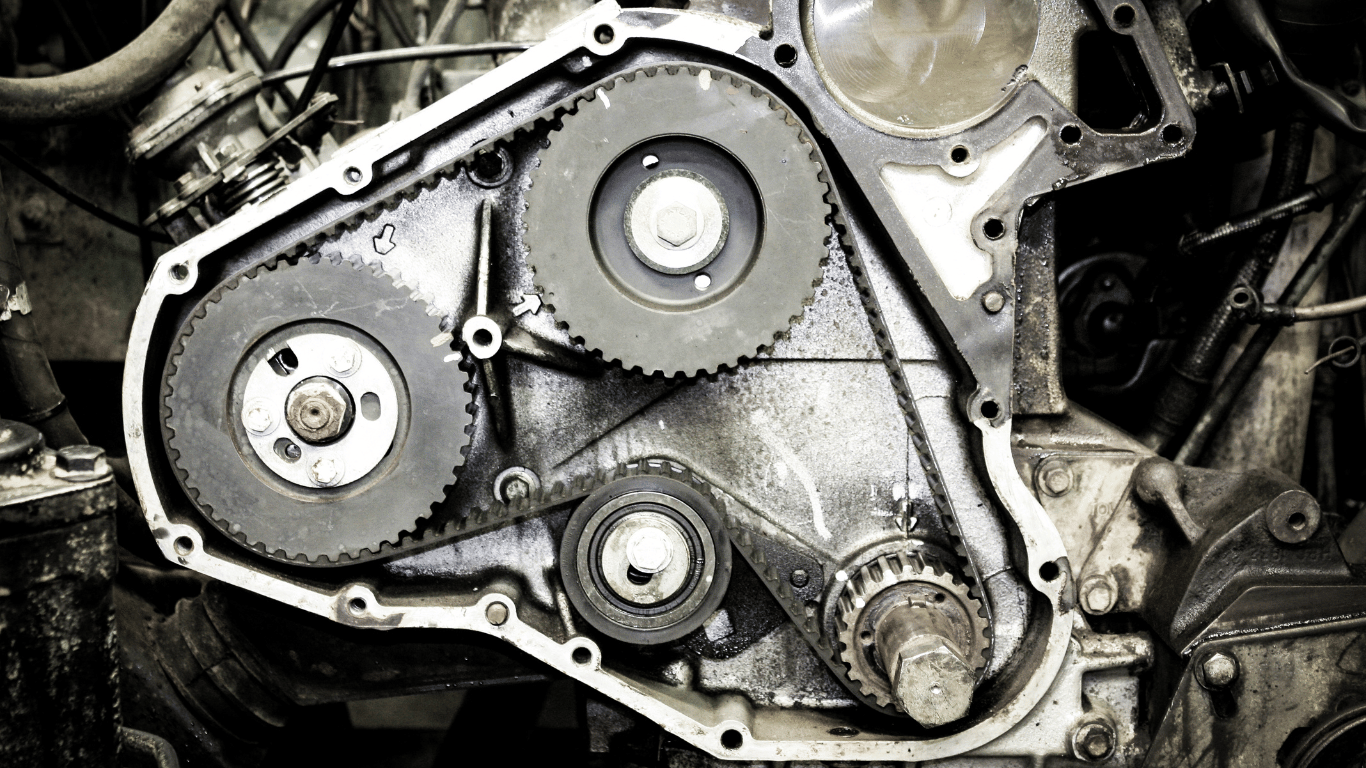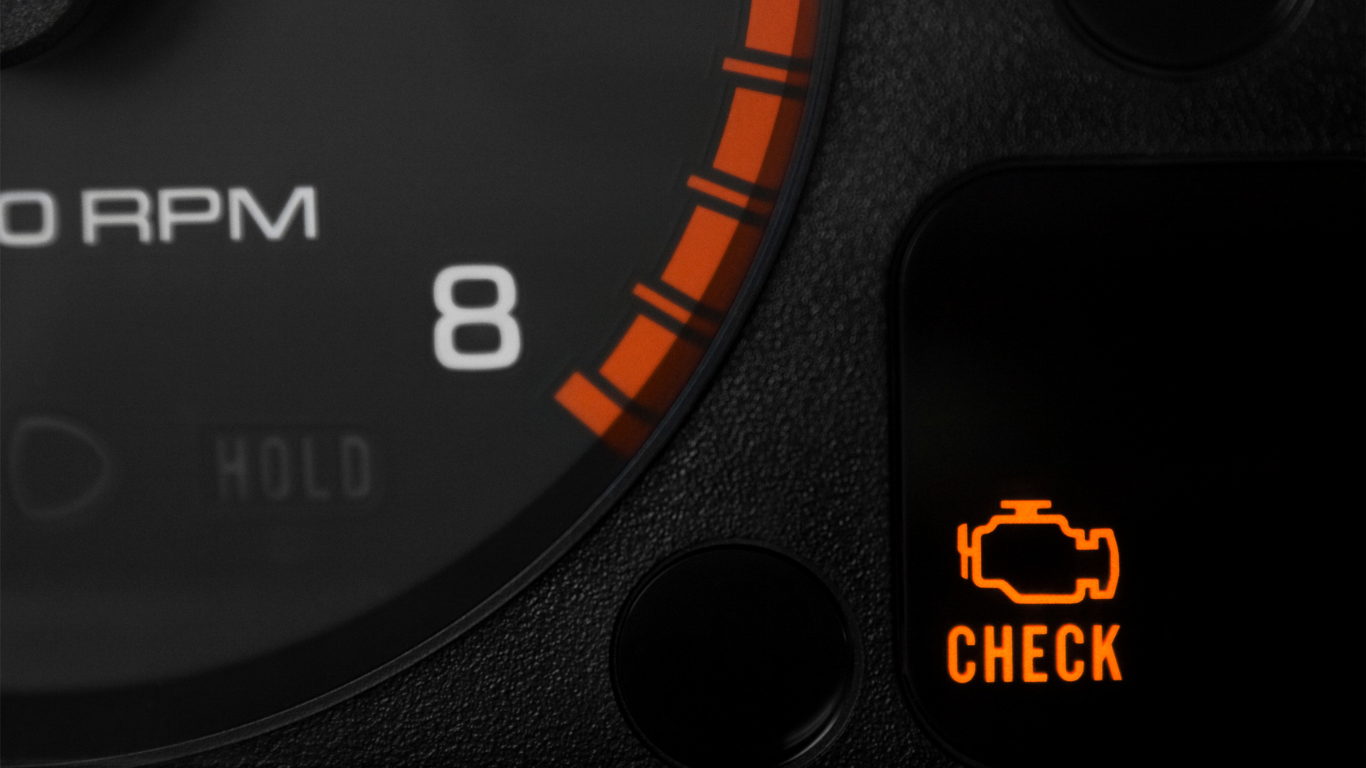Staying on top of your car’s fluids is one of the simplest—and most critical—ways to keep your vehicle safe and reliable on South African roads. But what exactly should you monitor, and how often do you really need to check things like brake fluid, oil, and coolant? If you aren’t sure where to start, you’re not alone. Many car owners overlook fluid management until something goes wrong.
Neglecting these essential fluids doesn’t just put your vehicle at risk of expensive repairs; it also compromises your safety and could even land you in hassle with insurers or the law. Fortunately, monitoring your car fluids is easier than you think—and it can save you thousands of rands and avoid dangerous situations. This step-by-step guide will walk you through:
- The key car fluids every South African driver should check (with a major focus on brake fluid)
- Why fluid health matters—and what can go wrong
- How, when, and where to check or change each fluid
- Real costs for repairs, replacements, and common warning signs
- Expert tips and preventative habits for local conditions
Let’s put you firmly in control of your vehicle’s health, starting with the one fluid that could mean the difference between stopping safely and disaster: your brake fluid.
1. Why Your Car’s Fluids Matter: The Lifeblood of Your Safety
Your car relies on several critical fluids, each performing a vital role. Think of them as your car’s bloodstream, keeping components lubricated, cool, and responsive. Here’s an overview to get you started:
- Brake fluid: Transfers force from your foot to the brakes—old or contaminated fluid risks brake failure.
- Engine oil (Brake oil): Reduces friction, prevents overheating, and protects engine parts.
- Coolant (Antifreeze or coolant for car): Maintains optimal engine temperature.
- Transmission fluid: Lubricates gears and ensures smooth shifting.
- Power steering fluid: Enables effortless steering control.
- Washer fluid: Keeps your windscreen clear.
Regular fluid checks are essential for preventing breakdowns, staying roadworthy, and maintaining resale value. The Automobile Association of South Africa stresses that neglecting fluids is a prime cause of avoidable breakdowns and costly component failures.
What Happens if You Ignore Fluid Maintenance?
- Suddenly spongy brakes, or total brake failure
- Overheated engine leading to head gasket damage
- Sluggish or jerky transmission shifts
- Unexpected breakdowns—and a hefty repair bill
- Increased risk of accidents or insurance claim denials
By learning to monitor your car’s fluids (especially brake fluid), you’re making a small effort for a massive payoff: safer driving and fewer unexpected expenses.
2. Understanding Brake Fluid: What, Why, & When Does It Matter?
What Is Brake Fluid?
Brake fluid is a hydraulic liquid that transfers the force from your brake pedal through the system to stop your car. Without it, pressing the pedal would literally do nothing. It operates under intense pressure and heat, and must remain clean and free of air or moisture.
- Types: Most common in SA are DOT 3, DOT 4, and DOT 5.1, each with specific boiling points. Always use what’s specified in your car’s manual (or check with a professional).
- Properties: Absorbs moisture over time, which degrades performance—why regular replacement is vital.
Why Brake Fluid Health Is Crucial
- Loss of braking efficiency (pedal goes soft or spongy)
- Longer stopping distances
- Risk of complete brake failure—especially after heavy use or in emergencies
- Corrosion of expensive brake components
How Often Should You Replace Brake Fluid in SA?
Most manufacturers and experts—like Cars.co.za—recommend a change every 2 years or 30,000 km. However, local conditions (stop-start traffic, heat, hills) can mean more frequent changes.
- Check with each major service or at least annually if you drive less frequent trips in city congestion.
- Book a brake fluid inspection or service with Fixxr for peace of mind and a professional evaluation.
How Much Does Brake Fluid Cost in South Africa?
Brake fluid is surprisingly affordable. According to Midas, expect to pay R50–R150 per bottle depending on DOT type and brand. A full system flush (with labour) typically ranges R600–R1,200 at quality workshops—including most mobile services.
For the best long-term results, always replace the full fluid—not just topping up—especially if old or contaminated. Cheap isn’t always good: stick to high-quality or manufacturer-approved fluids.
Signs Your Brake Fluid Needs Attention
- Warning lights on your dashboard (understanding the brake warning light)
- Fluid appears black or brown (why your brake fluid turns black or brown)
- Fluid is below the ‘MIN’ mark
- Leaking fluid near wheels or under pedals (professional leak inspection for brake fluid, brake fluid leaking around your clutch pedal)
- Spongy brake pedal feel (what causes a spongy brake pedal)
- Uneven brake pressure or car pulls to one side (inspect for uneven brake pressure, car pulling when braking)
Don’t ignore these warning signs—booking a comprehensive brake safety inspection can help prevent harm to you and your passengers.
3. Step-by-Step: How to Check and Top Up Your Brake Fluid (and Other Fluids)
While a professional check is always safest, you can do a basic inspection at home. Here’s how:
What You’ll Need
- Clean cloth or paper towel
- Torch/phone light (for seeing levels)
- Owner’s manual (to locate reservoirs, check fluid types)
- Gloves (brake fluid can irritate skin)
Step 1: Find the Fluid Reservoirs
- Brake fluid: Typically a small, clear plastic tank, marked ‘MIN’ and ‘MAX’, on the driver’s side of the engine bay
- Engine oil: Dipstick and oil fill cap, often marked “engine oil” or an oil can symbol
- Coolant for car: Large, usually opaque reservoir with high and low marks, sometimes labelled “engine coolant” or “antifreeze”
Step 2: Check Fluid Levels & Appearance
- Brake Fluid: Should be clear or light yellow. If dark, cloudy, or below ‘MIN’, get a professional brake fluid inspection.
- Oil: Pull dipstick, wipe, insert, and check level/colour. Brown is OK; black/gritty is not.
- Coolant: Should be up to the ‘MAX’ line and clear. Pink, green, or blue hues are normal, but milky or oily coolant means big trouble—call for help!
Step 3: Top Up (If Needed)
- Only use the specified fluid type for your car—check your manual.
- Clean reservoir caps before opening, to avoid dirt getting in.
- Pour carefully—never overfill.
Pro Tip: If you’re topping up brake fluid more than once between services, you likely have a leak—book a professional leak inspection for brake fluid.
Table: Average Fluid Maintenance Costs in South Africa
| Fluid Type | DIY Cost (R) | Professional Service (R) |
|---|---|---|
| Brake Fluid | 50–150 | 600–1,200 |
| Engine Oil | 300–700 | 1200–2,400 |
| Coolant | 100–250 | 750–1,400 |
Prices based on recent data from Midas and typical SA garages. Labour included for professional services.
4. Preventative Tips and Professional Fluid Management
Best Practices for SA Vehicle Owners
- Check brake fluid, oil, and coolant monthly—more often in extreme weather or if you tow/haul heavy loads.
- Keep an emergency fluid kit (includes top-up bottles, rags, gloves)
- Listen to your car: warning lights, odd pedal feel, or burnt smells are all early signs of trouble (brake warning light).
- Use only SABS-approved fluids; avoid cheap imports that lack safety certifications
- Replace fluids at the intervals in your manual—or sooner if your mechanic recommends
When to Call a Professional
Many fluid issues are best left to skilled mechanics, especially if:
- You see leaks, or sudden drops in fluid level
- Warning lights stay on after topping up
- Brakes feel spongy or unsafe (what causes a spongy brake pedal)
- Your car pulls to one side, or you feel uneven stopping (inspect for uneven brake pressure, car pulling when braking)
- You suspect a clutch or slave cylinder leak (brake fluid leaking around your clutch pedal)
Scheduling periodic comprehensive brake safety inspections and brake fluid service can save you from nasty surprises. Fixxr mobile mechanics bring all equipment to your home or office, making preventative maintenance hassle-free, with transparent pricing and our industry-best 6-month/10,000km warranty for peace of mind.
If you’re also worried about handling, consider steering and suspension checks alongside brake inspections for a full safety package.
5. Frequently Asked Questions: South African Context
Q: Can I mix different types of brake fluid?
A: Never mix DOT 3 with silicon-based or DOT 5.1 fluids. Stick to your manufacturer’s recommendation—or book a brake fluid inspection if unsure.
Q: How can I tell if my coolant is failing?
A: Watch for overheating, coloured leaks, or a sweet smell. Replace coolant every 2 years or per your vehicle’s guidance.
Q: Is it safe to drive with low brake fluid?
A: Absolutely not! This can lead to brake failure. Pull over safely and arrange for mobile help or towing immediately.
Q: How do SA conditions affect my fluids?
A: With our heat, traffic, and dust, fluids degrade faster than overseas recommendations suggest. Err on the side of earlier, more frequent checks.
Conclusion: Stay Fluid-Smart and Drive Safer — The Fixxr Advantage
Proactive fluid checks could save your life, prevent breakdowns, and keep you legal on South African roads. Monitoring and managing your brake fluid, engine oil, and coolant ensures you’re not caught off guard by costly failures or dangerous situations. With local experts, transparent costs, and on-the-go convenience, Fixxr’s mobile mechanics make it simple to keep your vehicle in top form—plus every service comes with a 6-month/10,000km warranty for stress-free motoring.
Ready to take charge of your car’s health? Book your brake fluid inspection or service today, and drive with confidence across Johannesburg, Cape Town, Pretoria, Durban and beyond.



